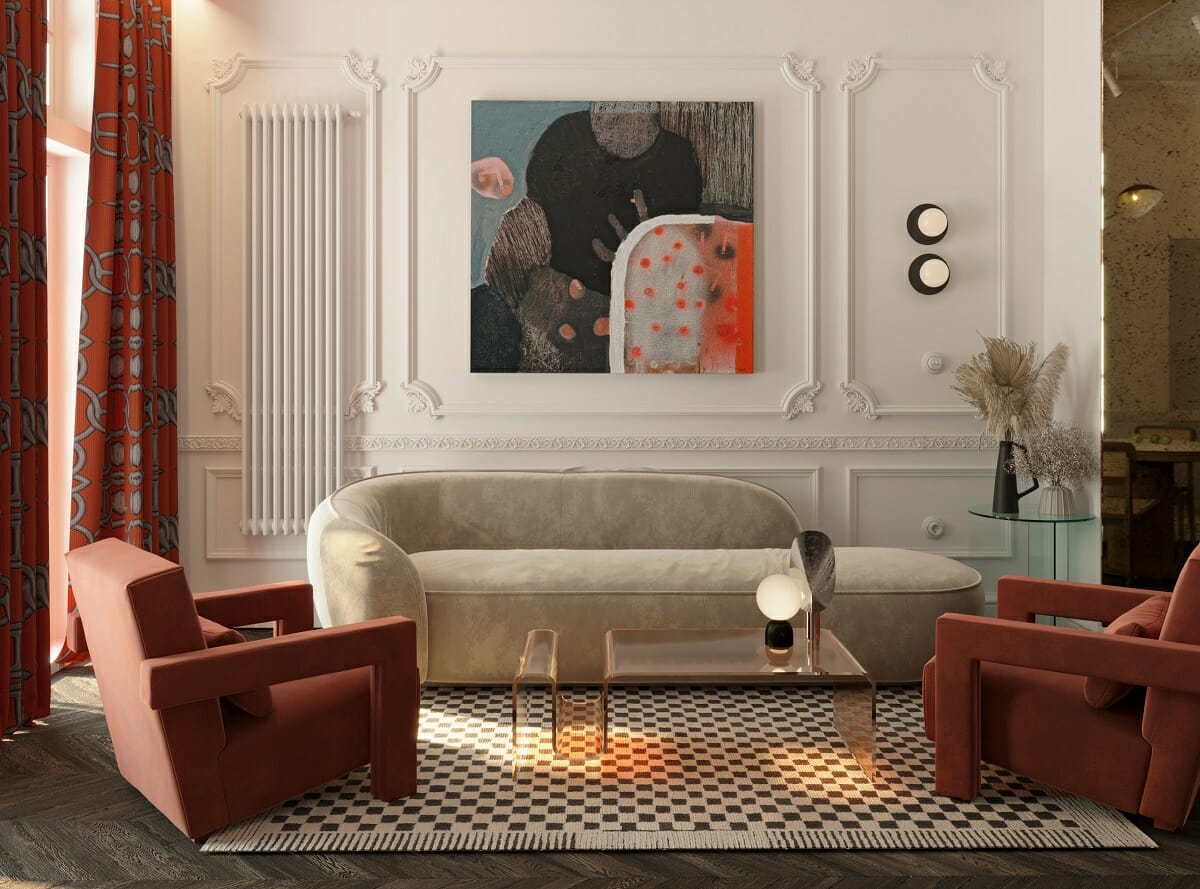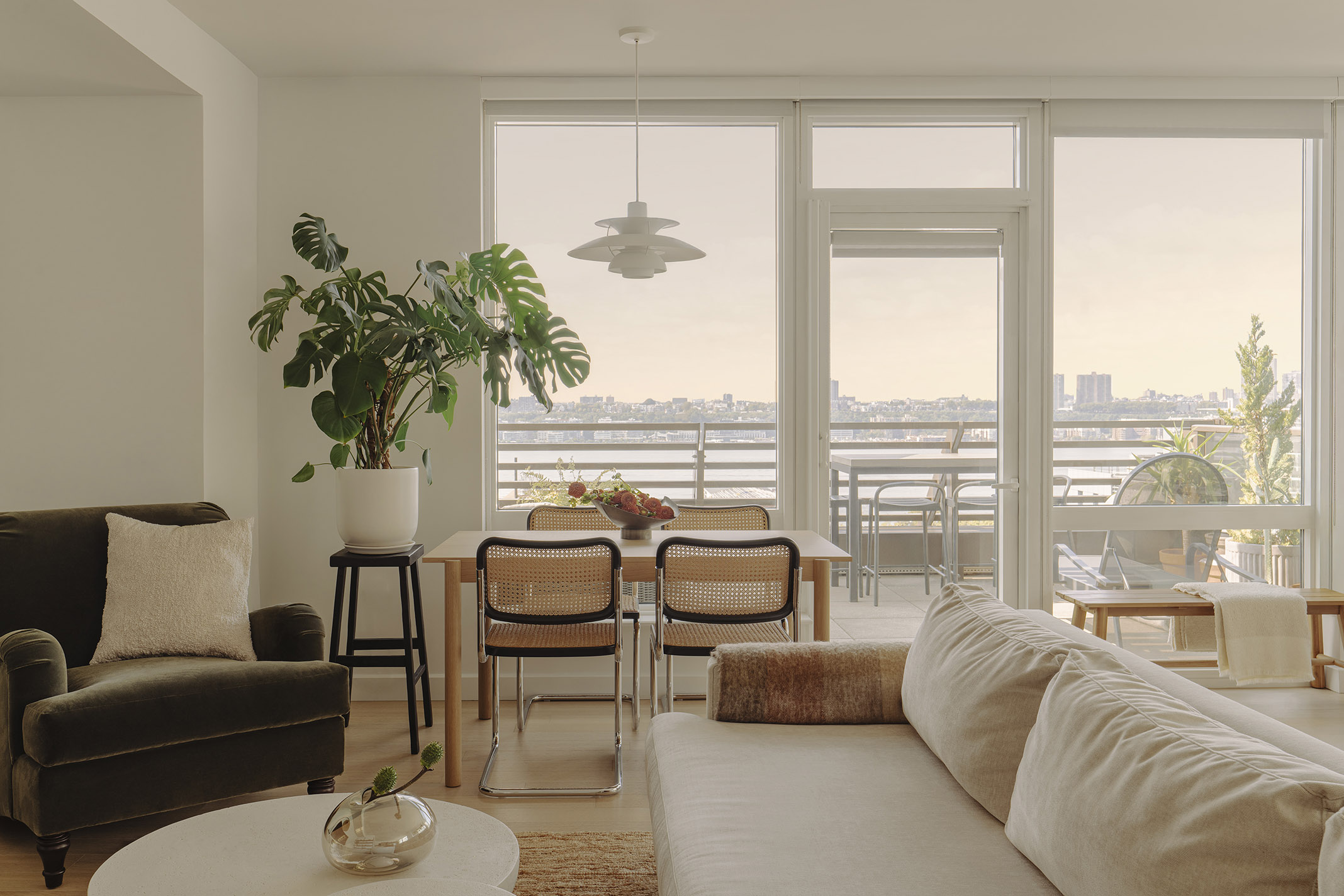Home Interior Design - Concepts, Principles and Elements
Every home tells a story, not just through its furniture or colors, but through how each space feels to live in. The secret behind that feeling often lies in the small, invisible details like balance, proportion, texture, and light. These aren’t just artistic choices; they’re the foundation of interior design.
For any home design to become successful and alive, the understanding of the core concepts, elements, and principles of interior design matters a lot. These things help you see a home differently, not as separate rooms, but as a complete, cohesive experience.
What Are the Basics of Interior Design?

The basics of interior design are the foundation of how any space looks. They include understanding how to arrange color, light, texture, and furniture. Every design starts with the purpose of the space, like how it will be used and by whom.
From there, choices such as layout, materials, and proportions help shape how comfortable and cohesive a room feels. These basics guide every decision to turn a blank space into one that feels complete and well thought out. Knowing the home interior design process is also important to understand the basics.
Interior Design Concepts
Every interior design project starts with a guiding concept. A big idea that ties every color, texture, and piece of furniture together. A strong design concept gives purpose to every design decision, so the space doesn’t just look good but also feels cohesive.
Here are some common interior design concepts used in modern homes:
Minimalist Concept: Simplicity, clean lines, and clutter-free spaces
Modern Concept: Highlights sleek finishes, neutral colors, and functional layouts
Rustic Concept: Draws inspiration from nature using raw wood, stone, and earthy tones Industrial Concept: Exposes structural materials like brick, metal, and concrete
Traditional Concept: Balances symmetry and ornate details with classic furniture and rich textures.
Scandinavian Concept: Combines light colors, natural materials, and cozy accents.
Bohemian Concept: Mixes patterns, colors, and textures freely.
Principles of Interior Design
The principles of interior design are what keep a space balanced, comfortable, and visually appealing. They are the invisible rules that guide how colors, shapes, and materials work together. When applied thoughtfully, these principles make a room feel natural and well put together without anything seeming forced or out of place.
Here are the seven key principles of interior design:
1. Balance
Balance gives a room stability and comfort. It’s about how visual weight is spread across the space. Heavy furniture, bright colors, or bold textures on one side should be balanced with lighter elements on the other.
There are three types of balance: symmetrical, which mirrors both sides of a room; asymmetrical, which feels balanced but not identical; and radial, where elements revolve around a central point like a chandelier or table.
2. Proportion and Scale
These two go hand in hand. Proportion refers to how well the parts of a design relate to each other, while scale deals with how those parts relate to the space. For example, an oversized sofa might overpower a small living room, while tiny art pieces could get lost on a large wall. Getting the proportions right ensures everything feels “in place” and visually comfortable.
3. Rhythm
Rhythm in interior design is like music for the eyes. It’s created by repeating shapes, lines, colors, or patterns in a way that guides the viewer’s gaze smoothly through the room. You might notice it in how wall art lines up, how a rug pattern complements curtains, or how lighting fixtures repeat a certain form. All of this helps create movement and connection.
4. Harmony and Unity
Harmony and unity make a space feel whole. Even when you mix different colors, materials, or styles, they should still complement one another. Using different shades of the same color family or repeating a certain wood tone can bring everything together. A room that’s unified feels calm and intentional rather than chaotic or disconnected.
5. Contrast
Contrast can come from pairing light and dark tones, smooth and rough textures, or modern and vintage elements. The trick is to balance enough contrast to create interest without making the space feel busy. A dark wood table against a light wall or soft fabrics beside a metal lamp make each feature stand out.
6. Emphasis
Every well-designed room has a focal point, something that draws the eye first. It could be a fireplace, a bold piece of art, or a feature wall. Emphasis helps organize the visual hierarchy of a room, guiding attention and giving the space character. Without a focal point, rooms can feel flat or without direction.
7. Functionality
No design is complete without function. Beautiful interiors must still support daily life, like easy movement, enough storage, comfortable seating, and practical lighting. A functional space feels effortless because it works the way you need it.
These principles of interior design combine to form the foundation. When they’re applied with care, even the simplest home can feel balanced, cohesive, and full of life.
Elements of Interior Design

The elements of interior design are the building blocks that shape how a space looks. They’re the tangible parts like color, light, texture, and form. When used thoughtfully, these elements create balance in every corner of a home.
Space: It’s about how furniture, décor, and open areas work together to create comfort and flow.
Line: Horizontal lines make spaces feel calm, vertical lines add height, and curved lines bring softness.
Form: The shape of furniture and architectural details. Mixing structured and organic forms keeps a room visually interesting.
Light: Natural and artificial light should complement each other to create warmth, focus, and balance.
Color: It ties the whole design together and helps define the room’s character.
Texture: Smooth walls, soft fabrics, or rough wood. A mix of textures prevents a space from feeling flat.
Pattern: Used thoughtfully, they can highlight key areas without overwhelming the design.
How Principles and Elements Work Together
The elements and principles of interior design are closely connected. The elements like color, light, texture, and space are what you use to build a room. The principles, such as balance, rhythm, and harmony, guide how you use those elements to create order and beauty.
When both come together, design feels effortless. A well-lit space with balanced textures and colors feels comfortable because every element supports a principle. It’s this relationship that turns ordinary rooms into well-designed spaces.
Applying These Ideas to Your Home

Understanding the concepts, principles, and elements of interior design is one thing, and putting them into practice is another. Start by creating a simple design checklist. List what you already have, what you want to change, and what each room needs in terms of space, light, and comfort.
You don’t have to be a professional to think like one, but having an expert eye can make a big difference. An interior designer can refine your ideas and bring harmony to your home without losing your personal touch. If you’re planning to refresh your interiors, our team can guide you through each step of designing.
Conclusion
Every well-designed home begins with understanding how space, color, light, and balance work together. These aren’t just design rules; they’re ways to shape how a home feels and functions day to day.
Interior design isn’t about perfection! It’s about creating spaces that feel right to you. All you need is the right mix of ideas, planning, and a bit of creativity to make your home a reflection of your personality and purpose.



